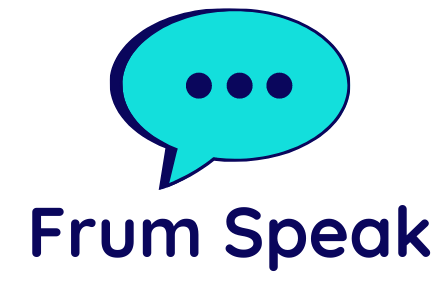President Donald Trump’s plan to cut taxes by trillions of dollars could also trim billions in spending from social safety net programs, including food aid for lower-income people. The proposed changes to the Supplemental Nutrition Assistance Program would make states pick up more of the costs, require several million more recipients to work or lose their benefits, and potentially reduce the amount of food aid people receive in the future. The legislation, which narrowly passed the U.S. House, could undergo further changes in the Senate, where it’s currently being debated. Trump wants lawmakers to send the “One Big Beautiful Bill Act” to his desk by July 4, when the nation marks the 249th anniversary of the Declaration of Independence. Here’s a look at the food aid program, by the numbers: Year: 2008 The federal aid program formerly known as food stamps was renamed the Supplemental Nutrition Assistance Program, or SNAP, on Oct. 1, 2008. The program provides monthly payments for food purchases to low-income residents generally earning less than $1,632 monthly for individuals, or $3,380 monthly for a household of four. The nation’s first experiment with food stamps began in 1939. But the modern version of the program dates to 1979, when a change in federal law took effect eliminating a requirement that participants purchase food stamps. There currently is no cost to people participating in the program. Number: 42 million A little over 42 million people nationwide received SNAP benefits in February, the latest month for which figures are available. That’s roughly one out of every eight people in the county. Participation is down from a peak average of 47.6 million people during the 2013 federal fiscal year. Often, more than one person in a household is eligible for food aid. As of February, nearly 22.5 million households were enrolled in SNAP, receiving an average monthly household benefit of $353. The money can be spent on most groceries, but Trump’s administration recently approved requests by six states — Arkansas, Idaho, Indiana, Iowa, Nebraska and Utah — to exclude certain items, such as soda or candy. Dollars: $295 billion Legislation passed by the House is projected to cut about $295 billion of federal spending from SNAP over the next 10 years, according to the Congressional Budget Office. A little more than half of those federal savings would come by shifting costs to states, which administer SNAP. Nearly one-third of those savings would come by expanding a work requirement for some SNAP participants, which the CBO assumes would force some people off the rolls. Additional money would be saved by eliminating SNAP benefits for between 120,000 and 250,000 immigrants legally in the U.S. who are not citizens or lawful permanent residents. Another provision in the legislation would cap the annual inflationary growth in food benefits. As a result, the CBO estimates that the average monthly food benefit would be about $15 lower than it otherwise would have been by 2034. Ages: 7 and 55-64 To receive SNAP benefits, current law says adults ages 18 through 54 who are physically and mentally able and don’t have dependents need to work, volunteer or participate in training programs for at least 80 hours a month. Those who don’t do so are limited to just three months of benefits in a three-year period. The legislation that passed the House would expand work requirements to those ages 55 through […]
Category:


Recent comments